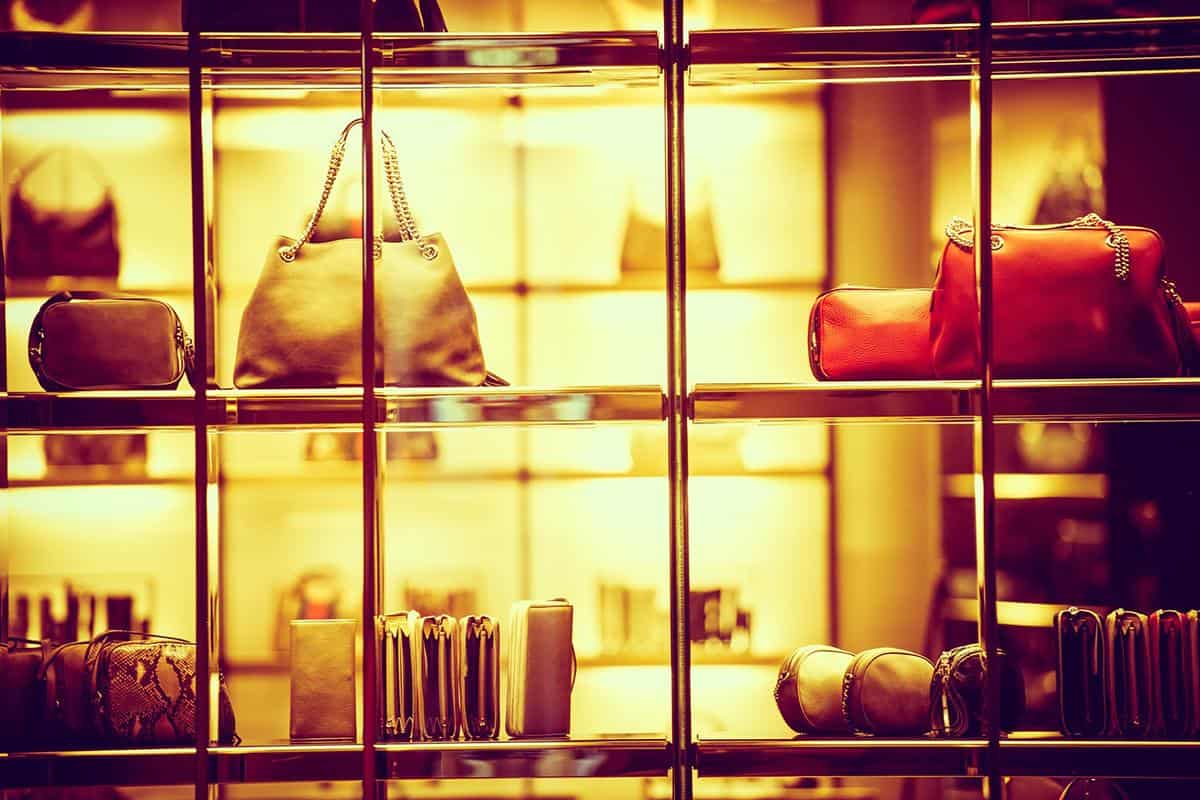Shoppers bought less online as they returned in-store in February, although their spending failed to keep up with inflation for the sixth month in a row, new figures suggest.
Total like-for-like retail sales grew by 6.4% last month, but online sales fell by 1.2% from an already negative base, according to the February High Street Sales Tracker from BDO. A year earlier, February online sales were 19.4% lower than the previous year. This February, in-store sales were 11.3% ahead of last year, when sales were rebounding from the 2021 Covid-19 lockdown.
Even though spending rose, it’s likely that it did not keep up with inflation, which was running at 10.1% in January, as measured by the Consumer Prices Index. February figures are not yet available.
The figures suggest that shoppers are shopping in-store rather than online, while also spending less on discretionary items and making more considered purchases, says BDO.
Sophie Michael, head of retail and wholesale at BDO LLP, says: “In the short month of February, it’s positive to see total LFL figures increasing across the weeks. However, critically these figures simply do not absorb the high rate of inflation.
“It’s interesting to see that in-store sales have again performed well across the month. In contrast, we have seen a fall in online sales in absolute monetary value leading to an even higher fall in volumes when factoring in inflation. This continued preference for a bricks and mortar experience instead of online points to shoppers not only making more considered purchases, but also perhaps avoiding costly postage and returns charges and further tightening their belts wherever they can.
“Retailers are also faced with a consumer who arguably is starting to shift their spending priorities. Rising costs for essential spend such as the weekly food items, but also increases in mortgage payments, will be taking up much more of the consumer purse, leaving shoppers having a sharper focus on what discretionary spend they have on other categories. Reports show an increase on international travel and perhaps in the first winter of lockdowns removed, the consumer has saved their purse for experiences. So, as discretionary items fall even lower down the household priority list, retailers will have to work hard in order to shift stock and generate working capital to ensure that they are able to refresh their product offering to attract that tightening purse.”
How shoppers bought: by week and by category
The first (+10.17%) and third (+10.24%) weeks of the month saw the strongest growth in like-for-like sales, which strip out the effect of store and business openings and closures. The third week, which included both half-term and Valentine’s Day, also saw the strongest in-store sales so far in 2023, with double-digit growth across all three categories – lifestyle, fashion, and homewares.
Across the full month, lifestyle total LFL sales grew by +6.5% in February, while clothing sales were 10.3% ahead on the same basis. But homewares sales fell by 0.4% LFL from a base of 5.4% growth a year earlier, although in-store homeware LFL sales rose by +10.2% – the category’s strongest result since April 2022.







